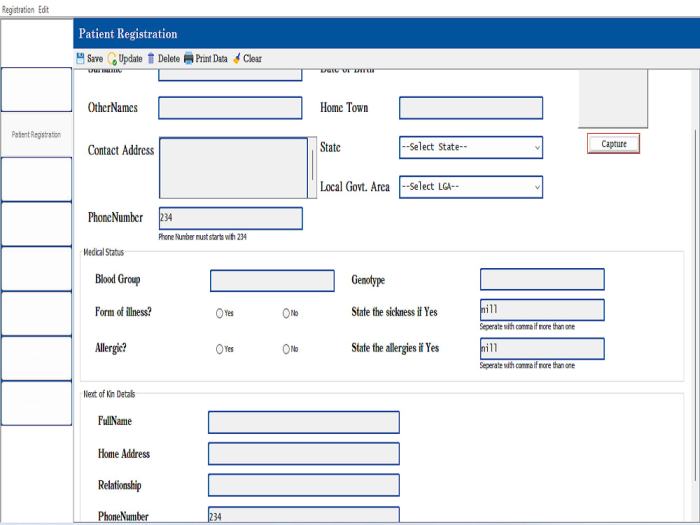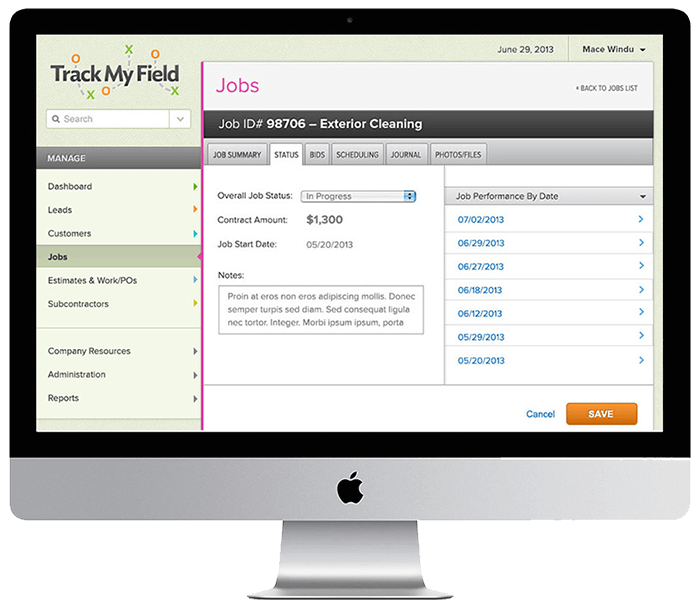Nearshore software development for desktop apps – The landscape of software development is constantly evolving, and businesses are increasingly seeking efficient and cost-effective solutions for building high-quality desktop applications. Nearshore software development offers a compelling alternative to outsourcing to distant locations, providing a blend of cost savings, cultural proximity, and reduced communication barriers. This comprehensive guide delves into the specifics of nearshore development for desktop apps, exploring its benefits, challenges, and best practices.
Understanding Nearshore Software Development
Nearshore software development refers to outsourcing software development projects to companies located in geographically proximate countries. Unlike offshore development, which involves outsourcing to countries across the globe (e.g., India, China), nearshore outsourcing typically involves partnering with firms in neighboring countries or regions sharing similar time zones and cultural contexts. For a US-based company, this might mean working with developers in Mexico, Canada, or Central America.
This proximity offers significant advantages in terms of communication, collaboration, and project management.
Key Advantages of Nearshore Development for Desktop Apps, Nearshore software development for desktop apps
- Reduced Time Zones Differences: Working with a nearshore team minimizes the impact of time zone differences, facilitating real-time communication and quicker response times. This is crucial for agile development methodologies and efficient problem-solving.
- Improved Communication & Collaboration: Cultural similarities and language proficiency often lead to better communication and collaboration, reducing misunderstandings and improving project efficiency. This is particularly important for complex desktop application development projects requiring close interaction between the client and the development team.
- Cost-Effectiveness: While not as inexpensive as offshore development, nearshore outsourcing still offers significant cost savings compared to in-house development, especially for larger projects. This is due to lower labor costs in many nearshore locations.
- Easier Travel & On-Site Visits: The geographical proximity allows for easier and more affordable travel for meetings, workshops, and on-site visits, facilitating stronger relationships and better project oversight.
- Access to Skilled Talent Pool: Many nearshore regions boast a growing pool of skilled software developers proficient in various technologies, including those relevant to desktop application development (e.g., C++, C#, Java, .NET, Electron).
- Stronger Intellectual Property Protection: The proximity of the nearshore team reduces the risks associated with intellectual property theft, a concern that can be more pronounced with offshore development.
Choosing the Right Nearshore Location: Nearshore Software Development For Desktop Apps
Selecting the appropriate nearshore location is a crucial step. Factors to consider include:

Source: cloudinary.com
- Technical Expertise: Assess the availability of developers with the specific skills and experience needed for your desktop application project.
- Language Proficiency: Ensure that the development team possesses sufficient English proficiency (or your native language) for effective communication.
- Time Zone Alignment: Choose a location with a minimal time zone difference to facilitate seamless collaboration.
- Cultural Compatibility: Consider cultural similarities to minimize potential communication barriers and improve team dynamics.
- Legal & Regulatory Framework: Understand the legal and regulatory environment of the chosen location, particularly concerning intellectual property protection and data privacy.
- Infrastructure & Technology: Assess the availability of reliable internet connectivity and other essential infrastructure.
- Cost of Development: Compare the development costs in different nearshore locations to find the best balance between cost and quality.
Technologies Used in Nearshore Desktop App Development
Nearshore developers are proficient in a wide array of technologies for building robust desktop applications. Some of the most commonly used include:

Source: medium.com
- C++: A powerful and versatile language ideal for high-performance applications.
- C#: A widely used language within the .NET framework, suitable for building Windows desktop applications.
- Java: A platform-independent language used for developing cross-platform desktop applications.
- .NET Framework/.NET Core: Microsoft’s framework for building Windows applications, offering a rich set of tools and libraries.
- Electron: A framework for building cross-platform desktop applications using web technologies (HTML, CSS, JavaScript).
- Qt: A cross-platform application and UI framework used for developing desktop applications across various operating systems.
- Swift (macOS/iOS): For building native applications for Apple’s operating systems.
- Kotlin (Android): For building native applications for Android.
Challenges of Nearshore Desktop App Development
While nearshore development offers many benefits, it’s essential to acknowledge potential challenges:
- Communication Barriers: Even with geographical proximity, communication challenges can still arise due to cultural differences or language nuances.
- Managing Expectations: Clear communication and well-defined expectations are crucial to prevent misunderstandings and ensure project success.
- Intellectual Property Protection: While generally lower risk than offshore, implementing robust IP protection measures is still vital.
- Finding the Right Partner: Thorough due diligence is essential to identify a reliable and competent nearshore development partner.
- Project Management Complexity: Effective project management techniques are necessary to ensure projects stay on track and within budget.
Best Practices for Nearshore Desktop App Development
- Clearly Define Requirements: Create detailed and comprehensive project specifications to avoid ambiguity.
- Establish Clear Communication Channels: Utilize various communication tools (e.g., video conferencing, instant messaging, project management software) to facilitate effective collaboration.
- Choose the Right Development Methodology: Agile methodologies are often preferred for their flexibility and iterative approach.
- Regularly Monitor Progress: Track progress closely and address any issues promptly.
- Build Strong Relationships: Foster a collaborative and trusting relationship with the nearshore development team.
- Implement Robust Quality Assurance: Thorough testing is crucial to ensure the quality and stability of the desktop application.
Frequently Asked Questions (FAQ)
- Q: What is the difference between nearshore and offshore development? A: Nearshore development involves outsourcing to geographically closer countries, while offshore development involves outsourcing to countries far away.
- Q: Is nearshore development more expensive than offshore development? A: Generally, yes, but it’s often less expensive than in-house development and offers significant advantages in communication and collaboration.
- Q: What are some popular nearshore locations for US companies? A: Mexico, Canada, and Central American countries are common choices.
- Q: How can I find a reliable nearshore development partner? A: Conduct thorough research, check references, and carefully evaluate potential partners based on their experience, expertise, and communication skills.
- Q: What are the risks associated with nearshore development? A: Potential risks include communication barriers, intellectual property concerns, and challenges in managing expectations.
- Q: What technologies are commonly used in nearshore desktop app development? A: C++, C#, Java, .NET, Electron, Qt, Swift, and Kotlin are frequently used.
References
While specific references to individual nearshore development companies are avoided to prevent bias, general information on software development methodologies and best practices can be found on reputable sites like:
Call to Action
Ready to leverage the benefits of nearshore software development for your next desktop application project? Contact us today for a free consultation and let’s discuss how we can help you build a high-quality, cost-effective solution.
Quick FAQs
What are the key advantages of nearshore development over offshore development?
Nearshore development offers advantages in communication (reduced time zone differences, easier travel for meetings), cultural understanding, and potentially simpler legal and logistical processes compared to offshore options.
How can I ensure the quality of the software developed nearshore?

Source: myprogrammer.com
Thorough due diligence is crucial. Research potential partners carefully, review their portfolios and client testimonials, and establish clear communication channels and quality control measures throughout the development process.
What are the typical costs associated with nearshore desktop app development?
Costs vary depending on factors such as developer experience, project complexity, and the specific nearshore location. It’s best to obtain detailed quotes from multiple providers.
What types of desktop applications are best suited for nearshore development?
Nearshore development is well-suited for a wide range of desktop applications, from simple utilities to complex enterprise software, depending on the capabilities of the chosen development team.
